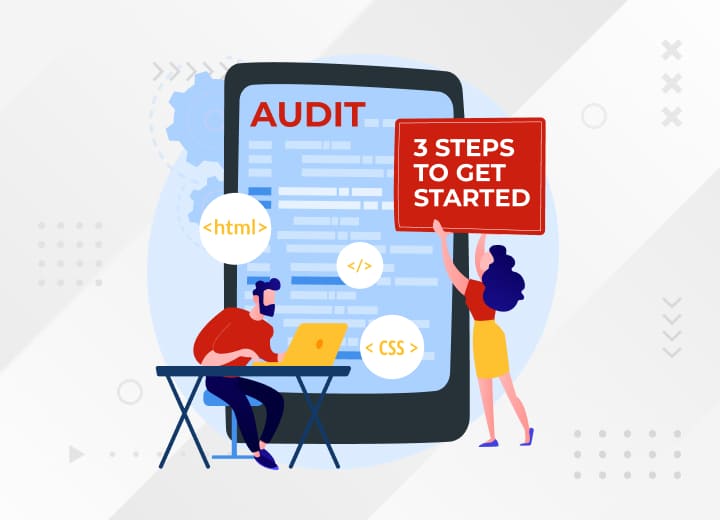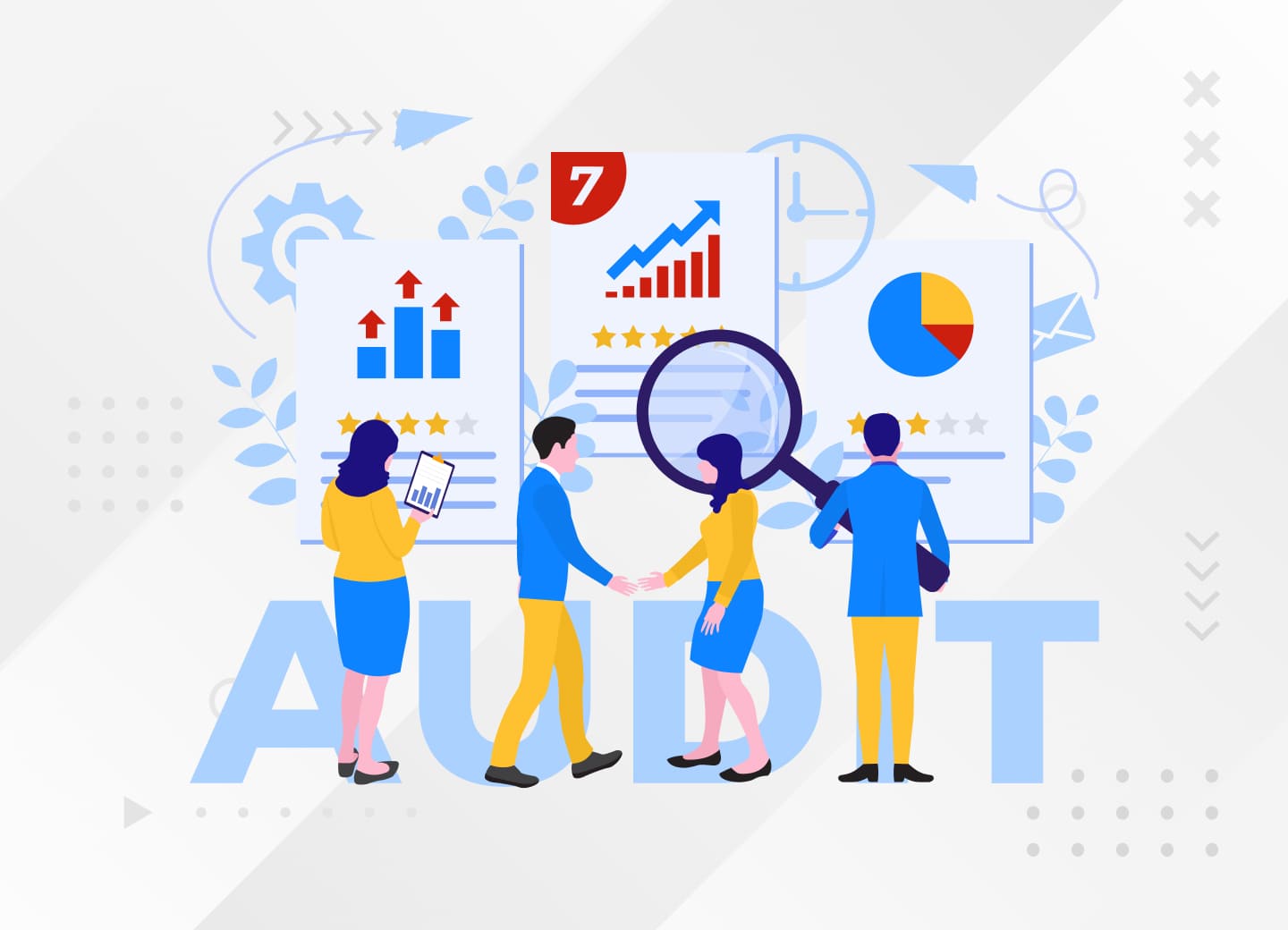The $50K AI Mistake
The $50K AI Mistake: Why 80% of Small Business AI Projects Fail and How to Avoid Becoming a Statistic
Introduction: The Hidden Cost of AI Enthusiasm
Picture this: A small manufacturing company invests $50,000 in an AI-powered inventory management system, only to abandon it six months later when it fails to integrate with existing processes. Sound familiar? You’re not alone. According to recent research, over 80% of AI projects fail—twice the failure rate of traditional IT projects—and small businesses are particularly vulnerable to these costly mistakes.
The promise of AI is undeniable. From automating customer service to optimizing operations, artificial intelligence offers small businesses unprecedented opportunities to compete with larger enterprises. However, the path to successful AI implementation is fraught with expensive pitfalls that can drain resources, frustrate teams, and ultimately derail business growth.
In this comprehensive guide, we’ll explore the most common AI implementation mistakes that are costing small businesses thousands of dollars, reveal why strategic planning is crucial before diving into AI adoption, and provide you with a proven framework to implement AI the smart way. By the end of this article, you’ll understand exactly how to avoid becoming part of the 80% failure statistic and instead join the ranks of businesses seeing real ROI from their AI investments.
The Shocking Reality: AI Project Failure Statistics That Will Keep You Up at Night
The Numbers Don’t Lie
The statistics surrounding AI project failures are sobering, particularly for small businesses operating with limited resources:
- 80% of AI projects fail to reach production or deliver expected results (RAND Corporation)
- 42% of companies abandoned most AI initiatives in 2025, up from just 17% in 2024 (S&P Global Market Intelligence)
- The average organization scraps 46% of AI proof-of-concepts before they reach production
- 95% of AI pilots fail due to organizational rather than technological issues (MIT Study)
- Only 48% of AI projects successfully reach production phase (Gartner)
The Small Business Disadvantage
Small businesses face unique challenges that make them even more susceptible to AI project failures:
- Limited technical expertise: 77% of non-adopters cite lack of knowledge as the primary obstacle
- Resource constraints: Unlike larger companies with dedicated AI teams, small businesses often lack the infrastructure and expertise needed for successful implementation
- Higher stakes: A failed $50,000 AI project can be devastating for a small business, while it might be a minor setback for a large corporation
The Real Cost of Failure
When AI projects fail, the costs extend far beyond the initial investment:
- Direct costs: Wasted software licenses, consulting fees, and development expenses
- Opportunity costs: Time and resources that could have been invested in proven solutions
- Productivity losses: Disrupted workflows and employee frustration during failed implementations
- Competitive disadvantage: Falling behind competitors who successfully implement AI solutions
The Top 7 AI Implementation Mistakes That Are Costing Small Businesses Thousands
1. Chasing the Shiny Object: Adopting AI Without Strategic Alignment
The Mistake: Many small businesses get caught up in AI hype and adopt tools based on marketing promises rather than actual business needs.
Real-World Example: A local bakery invested in an AI-powered chatbot for customer service without researching customer preferences. The result? Customers complained about the impersonal experience, leading to lost sales and a damaged reputation.
The Cost: Beyond the initial investment, businesses often face:
- Decreased customer satisfaction
- Employee resistance and confusion
- Wasted training time and resources
The Smart Approach: Start with a comprehensive AI readiness assessment that identifies specific business problems AI can solve, rather than looking for problems to fit AI solutions.
2. Ignoring the Human Element: Underestimating Change Management
The Mistake: Implementing AI without considering the human impact leads to resistance, sabotage, and ultimately, project failure.
The Reality: Employees often fear job displacement, leading to:
- Active resistance to new systems
- Refusal to provide necessary training data
- Reverting to old processes despite AI implementation
The Solution: Involve employees in the AI planning process from day one. Communicate clearly how AI will augment their roles rather than replace them, and provide comprehensive training to build confidence and competency.
3. Drowning in Data Soup: Poor Data Management and Quality
The Mistake: Assuming that having data means having AI-ready data.
The Problem: AI systems are only as good as the data they’re trained on. Poor data quality leads to:
- Inaccurate predictions and recommendations
- Biased outcomes that can harm business relationships
- Constant need for manual corrections, defeating the purpose of automation
The Statistics: 43% of AI obstacles stem from poor data quality and readiness (Informatica CDO Insights Survey).
The Fix: Invest 50-70% of your AI budget in data preparation, including:
- Data cleaning and standardization
- Establishing data governance protocols
- Creating feedback loops for continuous data quality improvement
4. Buying the Wrong Tool: Mismatched Technology Selection
The Mistake: Choosing AI solutions based on features rather than fit with existing systems and business processes.
Common Scenarios:
- Selecting enterprise-level AI tools for small business needs
- Choosing solutions that don’t integrate with existing software
- Falling for vendor promises without conducting proof-of-concepts
The Smart Selection Process:
- Conduct thorough proof-of-concepts (POCs) before committing
- Evaluate vendors for transparency, support, and industry experience
- Ensure tools can scale with your business growth
5. Flying Blind: Failing to Define Success Metrics and ROI
The Mistake: Implementing AI without clear, measurable goals and success criteria.
Why This Happens: The excitement of AI adoption often overshadows the need for concrete planning and measurement.
The Consequences:
- No way to measure project success or failure
- Inability to justify continued investment
- Projects that drift without clear direction
The Solution: Establish specific, measurable targets before implementation:
- Define baseline metrics (current performance levels)
- Set realistic improvement goals (e.g., 20% reduction in processing time)
- Create regular checkpoints for progress evaluation
6. Automating Chaos: Implementing AI Too Quickly or Broadly
The Mistake: Trying to automate broken processes or implementing AI across too many areas simultaneously.
The Problem: AI amplifies existing inefficiencies rather than solving them. If your current processes are chaotic, AI will make them chaotically fast.
The Better Approach:
- Fix fundamental processes before adding AI
- Start with pilot projects in limited scopes
- Scale gradually based on proven success
7. Forgetting the Customer’s Heart: Losing the Human Touch
The Mistake: Over-automating customer interactions without maintaining personal connections.
The Risk: While AI can improve efficiency, customers still value human interaction for complex issues and relationship building.
The Balance: Use AI to handle routine inquiries while ensuring easy escalation to human agents for complex or sensitive matters.
Why AI Strategy Comes First: The Foundation for Success
The Strategic Imperative
Before implementing any AI solution, small businesses need a comprehensive AI strategy that aligns with their overall business objectives. Here’s why strategy is non-negotiable:
1. Resource Optimization: Small businesses can’t afford to waste resources on misaligned AI projects. A clear strategy ensures every AI investment supports core business goals.
2. Competitive Advantage: 61.3% of small business owners hold a positive view of AI, but only those with strategic approaches see meaningful results.
3. Risk Mitigation: A well-planned strategy helps identify and address potential pitfalls before they become costly mistakes.
The Components of a Winning AI Strategy
Business Alignment: Every AI initiative should directly support specific business objectives, whether that’s reducing costs, improving customer satisfaction, or increasing revenue.
Phased Implementation: Start small with pilot projects that can demonstrate value before scaling to larger implementations.
Change Management: Include plans for employee training, communication, and support throughout the AI adoption process.
Data Strategy: Develop a comprehensive approach to data collection, management, and governance that supports AI initiatives.
Vendor Evaluation: Establish criteria for selecting AI tools and partners that align with your business size, industry, and technical capabilities.
The Smart Way: A Proven Framework for Small Business AI Success
Phase 1: Assessment and Planning (Weeks 1-4)
Step 1: Business Problem Identification
- Identify specific, measurable business challenges
- Prioritize problems based on impact and feasibility
- Ensure problems are suitable for AI solutions
Step 2: AI Readiness Assessment
- Evaluate current data quality and availability
- Assess technical infrastructure and capabilities
- Review team skills and training needs
Step 3: Strategic Planning
- Define clear success metrics and ROI expectations
- Create implementation timeline with realistic milestones
- Develop change management and communication plans
Phase 2: Pilot Implementation (Weeks 5-12)
Step 1: Tool Selection and Testing
- Conduct proof-of-concepts with shortlisted solutions
- Test integration with existing systems
- Evaluate vendor support and documentation quality
Step 2: Limited Deployment
- Implement AI solution in controlled environment
- Train core team members on new system
- Monitor performance against baseline metrics
Step 3: Optimization and Learning
- Gather feedback from users and stakeholders
- Make necessary adjustments to improve performance
- Document lessons learned for future phases
Phase 3: Scaling and Integration (Weeks 13-24)
Step 1: Gradual Expansion
- Roll out successful pilot to broader team or additional use cases
- Maintain close monitoring of performance metrics
- Continue training and support for new users
Step 2: Process Integration
- Integrate AI tools with existing business processes
- Update standard operating procedures
- Establish ongoing maintenance and optimization protocols
Step 3: Continuous Improvement
- Regular performance reviews and optimization
- Stay updated on new AI capabilities and features
- Plan for future AI initiatives based on lessons learned
Real-World Success Stories: Small Businesses Getting AI Right
Case Study 1: Local Restaurant Chain
Challenge: Managing inventory across multiple locations
Solution: AI-powered demand forecasting system
Results: 30% reduction in food waste, $15,000 monthly savings
Key Success Factor: Started with one location, perfected the system, then scaled
Case Study 2: Professional Services Firm
Challenge: Time-consuming client research and proposal writing
Solution: AI-assisted research and content generation tools
Results: 40% reduction in proposal preparation time, 25% increase in win rate
Key Success Factor: Maintained human oversight and customization for each proposal
Case Study 3: E-commerce Retailer
Challenge: Customer service overwhelm during peak seasons
Solution: AI chatbot for common inquiries with seamless human handoff
Results: 60% reduction in response time, 35% increase in customer satisfaction
Key Success Factor: Careful balance between automation and human touch
The Verixity Advantage: Your Fractional CTO for AI Success
At Verixity, we understand that small businesses need AI expertise without the overhead of a full-time CTO. Our fractional CTO approach provides you with:
Strategic Guidance: We help you develop AI strategies that align with your business goals and budget constraints.
Technical Expertise: Our team has the deep technical knowledge to evaluate AI solutions and guide implementation decisions.
Risk Mitigation: We help you avoid the common pitfalls that lead to the 80% failure rate, ensuring your AI investments deliver real value.
Ongoing Support: From initial strategy through implementation and optimization, we’re your trusted partner in AI success.
Take Action: Your Next Steps to AI Success
Don’t let your business become another AI failure statistic. The difference between success and failure often comes down to having the right strategy and guidance from the start.
Immediate Actions You Can Take:
- Assess Your Current State: Evaluate your business processes and identify specific problems that AI could solve
- Audit Your Data: Review the quality and availability of data needed for AI initiatives
- Start Small: Choose one specific use case for your first AI pilot project
- Get Expert Guidance: Partner with experienced professionals who can guide your AI journey
Ready to Implement AI the Smart Way?
In this detailed presentation, you’ll discover:
- The exact mistakes that lead to AI project failures
- A step-by-step framework for successful AI implementation
- Real case studies of small businesses that got AI right
- How to calculate ROI for AI investments
Download Our Comprehensive AI Implementation Guide
Get instant access to our detailed report that includes:
📊 Extensive Research & Citations: 50+ credible sources and links
📈 Detailed Statistics: Current failure rates, adoption trends, ROI data
🔍 In-Depth Analysis: Expanded coverage of all 3 costly mistakes with real examples
✅ Actionable Frameworks: Step-by-step checklists and templates
📋 Vendor Evaluation Tools: Detailed selection criteria and scorecards
💼 Multiple Case Studies: Success stories across different industries
🎯 Industry-Specific Solutions: Tailored approaches for different business types
📊 Cost-Benefit Analysis: ROI calculation frameworks
🔄 Change Management: Implementation strategies and adoption plans
🔮 Future Trends: 2025-2030 AI predictions for small businesses
This comprehensive guide is based on extensive research and real-world case studies. Download it now to ensure your AI implementation succeeds from day one.
Conclusion: Your AI Success Starts with Strategy
The statistics are clear: 80% of AI projects fail, costing businesses thousands of dollars in wasted investments. But it doesn’t have to be this way. With the right strategy, proper planning, and expert guidance, your small business can join the 20% that successfully implement AI and see real returns on their investment.
Remember, AI is not about replacing human intelligence—it’s about augmenting it. The most successful AI implementations are those that enhance human capabilities while maintaining the personal touch that customers value.
The question isn’t whether your business should adopt AI—it’s whether you’ll do it strategically or become another cautionary tale. The choice is yours, but you don’t have to make it alone.
Ready to discuss your AI strategy? Contact Verixity today for a free consultation and discover how our fractional CTO services can guide your business to AI success.



